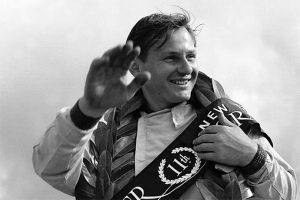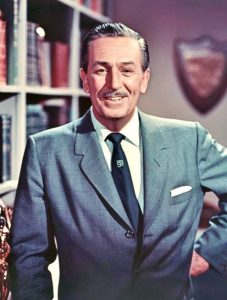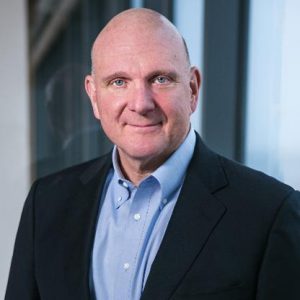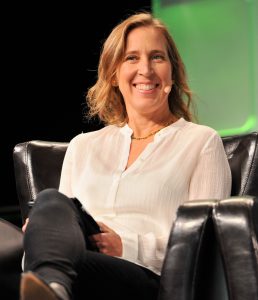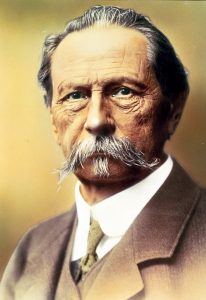Zhang Ruimin : The CEO & Chairman of World’s Leading Appliance Maker Company
Business is not easy to run, especially, if there are no risk takers or competent leaders. When a company is under major crisis, it’s the leader’s job to step up and take necessary actions to overcome the difficulties. Companies that survive the worst storm come out strong with exceptional energy to surpass their competitors. Haier is one such company which has emerged so strong after it almost sunk that today it has become world’s fourth largest white appliances company. And all the credit goes to Zhang Ruimin who is now the chief executive officer of Haier Group.
Early Life
Born on 9th January 1949, in Laizhou, Shandong, China, Zhang Ruimin’s parents worked in a local garment factory. During his high school, the Cultural Revolution was shaping up rapidly. As a result, he joined the Red Guards along with other students. During the revolution, most of the schools remained closed so students could not attend classes. At such free times, Zhang visited Mao’s birthplace and also attended rallies.
The revolution also resulted in shutting down of most universities, therefore, halting education once again for Zhang and other students. He started working at the state-run construction company, in Qingdao, in 1968.
Early Career
Due to the unprecedented circumstances, Zhang could not complete his education properly. But, the fire to learn and educate himself, kept burning inside him. Therefore, he used to travel back and forth, for the management courses, on his bicycle, in between his shifts. Zhang was also a voracious reader, and read extensively on management.
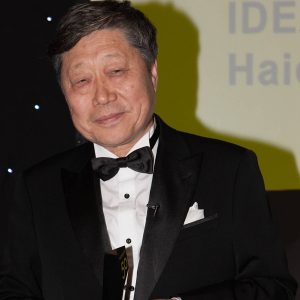
After years of hard work, Zhang was promoted to workshop supervisor and, after a long 12 years of service, in 1980, he was promoted to deputy director of Qingdao. In the next couple of years, Zhang got promoted to higher positions. First, as the deputy manager of ‘Household Appliance Division’ of Qingdao municipal government, and next, as the general manager of Qingdao Refrigerator Plant. The second position came to him by surprise, as the previous manager left, and the company needed someone experienced for the position. The company was in deep financial trouble when Zhang took the General Manager’s position.
Resurrecting Refrigerator Plant
Once, on a business tour to Germany, Zhang noticed some crucial problems in terms of reputation and quality. The company was performing in both the cases. While on his way back, he decided to conduct a demonstration for his workers to make them understand the importance of quality of products.
This was the time when a customer came to Zhang with a faulty refrigerator, and they both went through the whole inventory of 400 refrigerators for replacement. During this process, Zhang found out that their products had a whopping 20% failure rate. He called for all his workers and assembled around 76 faulty refrigerators. Each worker was then handed a sledgehammer, and he ordered the workers to destroy each of those 76 refrigerators. The cost of each refrigerator at that time was so high, that it could cover their two years’ worth wages. Zhang himself took part in destroying the faulty products because he believed if they didn’t destroy them the products would destroy the company one day.
This act not only created a positive attitude in workers but, also gained the company lots of publicity, which helped them to reach big markets in Tianjin and Beijing. Zhang’s management style changed the complete scenario of the company. And, by 1986, the company saw major profits, marching up to 83 per cent.
Haier Group
Qingdao Refrigerator was renamed to Qingdao Haier Group, in 1991, and Zhang was still handling the post of the general manager of the company. He also enrolled himself at the University of Science and Technology, in China, for a master’s degree in business administration. After he graduated, in 1994, and the year before, he was appointed as the Chief Executive Officer of Haier Group.
As a CEO he decided to spread Haier abroad and reach international markets. The company started shipping products to the Middle East and Africa. The company, soon, started expanding to numerous countries, including the United States of America, with its total workforce ranging at 30,000 people. Financial Times listed Zhang among the ’50 most respected business leaders in the world.’
Personal Life
Zhang Ruimin’s wife was a party secretary at a textile factory in Qingdao. He has a son who studied business at the Wharton School of the University of Pennsylvania.

Harshal Pawar is an avid reader, a TV show addict, and a writer. He has a personal blog brainwork.wordpress.com where he jots down his articles and poetry about love and life.
He is currently pursuing film-making and wishes to bring the words written on a paper to the screen. More of all he is a scorpio.
